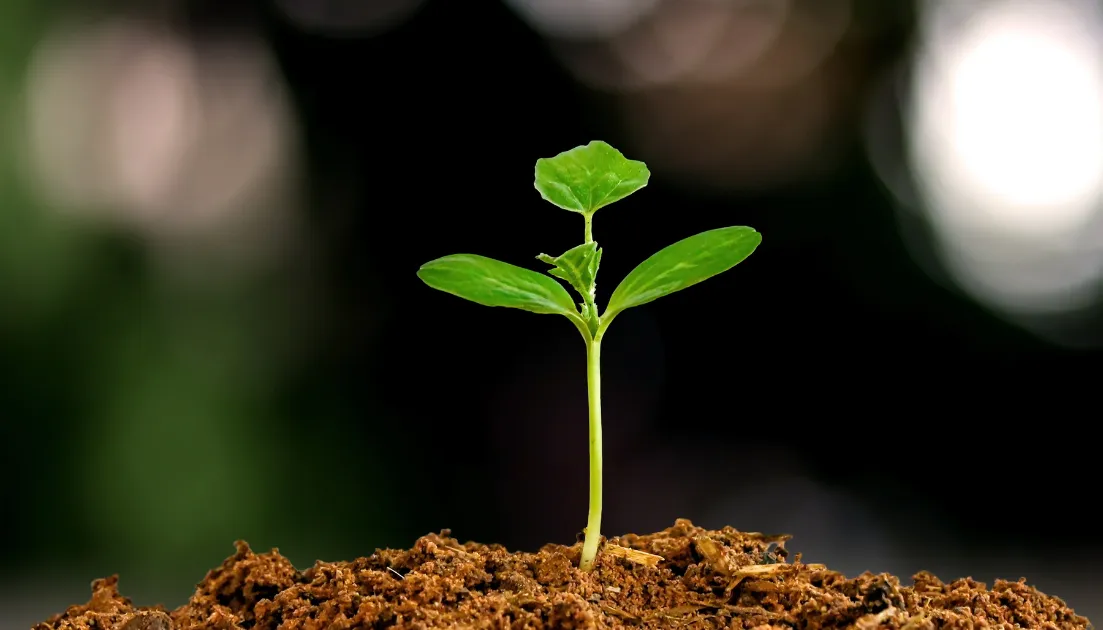Washing Up Liquid Environmental Impact: The Hidden Truth

Washing up liquid is a staple in British households, used daily to clean dishes, cutlery, and cookware. Yet, the environmental impact of washing up liquid extends far beyond its cleaning capabilities. From manufacturing processes to disposal, these cleaning agents leave a significant ecological footprint that warrants closer examination. Understanding how our dishwashing choices affect waterways, marine life, and overall ecosystem health is crucial for making informed decisions about the products we use in our homes.
The Chemical Composition of Washing Up Liquids
Standard washing up liquids contain a complex mixture of chemicals designed to cut through grease and food residue. Most conventional formulations include:
- Surfactants: These reduce surface tension between water and grease, allowing for effective cleaning. Common types include sodium lauryl sulphate (SLS) and sodium laureth sulphate (SLES).
- Preservatives: Chemical agents like methylisothiazolinone prevent bacterial growth.
- Fragrance compounds: Synthetic scents that give products their characteristic smell.
- Colourants: Artificial dyes added for visual appeal.
- Thickeners: Ingredients that provide the desired viscosity and consistency.
Many of these chemicals pose environmental concerns when they enter waterways. Surfactants, while biodegradable to varying degrees, can temporarily remain active in aquatic environments. During this period, they may disrupt the protective mucus layers of fish, damage the membranes of aquatic organisms, and alter water surface tension affecting insects that depend on it for survival.
Water Pollution and Aquatic Ecosystem Damage
The environmental impact of washing up liquid becomes most apparent when considering water pollution. When we rinse dishes, detergent residues travel through drainage systems and eventually reach rivers, lakes, and oceans. Despite wastewater treatment processes, some chemical components persist.
These persistent chemicals contribute to several environmental issues:
- Eutrophication: Phosphates in some washing up liquids act as nutrients that trigger excessive algal growth, depleting oxygen levels in water bodies.
- Bioaccumulation: Certain compounds can accumulate in the tissues of aquatic organisms, potentially entering the food chain.
- Endocrine disruption: Some washing up liquid ingredients mimic hormones, affecting reproductive systems of fish and other aquatic life.
Research from the University of Exeter found that even low concentrations of detergent residues can alter fish behaviour, affecting their ability to feed and reproduce. The Royal Society for the Protection of Birds (RSPB) has documented cases where waterbirds exposed to surfactant-polluted water suffered damage to their feathers’ natural waterproofing.
Carbon Footprint of Production and Packaging
The environmental impact of washing up liquid extends beyond water pollution to include the carbon footprint associated with production and packaging. Most conventional washing up liquids are petroleum-based, derived from non-renewable fossil fuels. The extraction of these raw materials, manufacturing processes, and transportation all contribute to greenhouse gas emissions.
Packaging presents another significant environmental challenge. The UK uses approximately 400 million plastic washing up liquid bottles annually, with many ending up in landfills despite recycling programmes. Even when recycled, the process requires energy and resources.
Consider these packaging-related environmental impacts:
- Plastic bottles take 450-1000 years to decompose in landfills
- Production of plastic packaging generates approximately 1.8 kg of CO2 per kg of plastic
- Microplastic particles from degrading bottles contribute to marine pollution
Brands are increasingly addressing these concerns through concentrated formulas (requiring smaller bottles) and recycled plastic packaging. However, the fundamental challenge of petroleum-based ingredients remains largely unaddressed in mainstream products.
Eco-Friendly Alternatives in the Market

The growing awareness of washing up liquid environmental impact has spurred innovation in the cleaning product market. Today, consumers can choose from various eco-friendly alternatives that minimise ecological harm without compromising cleaning effectiveness.
Plant-Based Formulations
Leading environmental washing up liquids use plant-derived surfactants from coconut oil, corn sugar, or other renewable sources. These biodegradable alternatives break down more completely and quickly than petroleum-based surfactants, reducing their persistence in aquatic ecosystems.
Brands like Ecover, Bio-D, and Method have pioneered plant-based formulations that effectively clean dishes while significantly reducing environmental impact. These products typically avoid:
- Phosphates
- Synthetic fragrances
- Artificial colourants
- Harsh preservatives
- Optical brighteners
Innovative Packaging Solutions
Eco-conscious washing up liquid manufacturers are revolutionising packaging approaches through:
- Bottles made from 100% post-consumer recycled plastic
- Refill stations in supermarkets to reduce packaging waste
- Cardboard packaging with waterproof plant-based linings
- Concentrated formulas requiring less packaging per wash
Some companies have introduced solid dishwashing bars that eliminate the need for plastic packaging altogether. These innovations represent significant progress in reducing the environmental footprint of dishwashing products.
Consumer Behaviour and Environmental Impact
While product formulation and packaging are crucial factors, consumer behaviour plays an equally important role in determining the environmental impact of washing up liquid. How we use these products significantly affects their ecological footprint.
Dosage Control
Most consumers use more washing up liquid than necessary. Manufacturers often recommend using “a squirt” or “a small amount,” but these vague instructions frequently lead to overdosing. Using twice the necessary amount not only wastes product but doubles the chemical load entering waterways.
Proper dosing techniques include:
- Using a measured amount based on water volume
- Pre-soaking heavily soiled dishes to reduce detergent needs
- Considering water hardness when determining appropriate amounts
Water Temperature and Conservation
The environmental impact of washing up liquid extends to energy consumption associated with heating water. Hot water requires significant energy, contributing to carbon emissions. Studies indicate that for most washing up liquids, warm water (not hot) provides optimal cleaning whilst reducing energy usage.
Water conservation practices also reduce environmental impact by minimising both water consumption and the volume of detergent-laden wastewater entering treatment systems. Simple strategies include:
- Using washing-up bowls rather than running taps
- Scraping dishes before washing to reduce water needed
- Collecting rinse water for garden use where appropriate
Regulatory Standards and Certifications
Understanding certifications can help consumers identify washing up liquids with reduced environmental impact. In the UK and EU, several standards and labels indicate products meeting specific ecological criteria:
- EU Ecolabel: Indicates products with reduced environmental impact throughout their lifecycle.
- Nordic Swan: A comprehensive certification evaluating environmental impact from raw materials to disposal.
- Leaping Bunny: Ensures no animal testing, which often correlates with more environmentally conscious brands.
- Cradle to Cradle: Evaluates products based on material health, recyclability, and manufacturing ethics.
UK regulations have progressively restricted certain harmful ingredients, including microbeads and specific phosphates. However, critics argue that regulations still allow many environmentally problematic chemicals. The Department for Environment, Food and Rural Affairs (DEFRA) has proposed stricter standards, particularly regarding biodegradability requirements for surfactants.
DIY Natural Alternatives
For those seeking maximum control over the environmental impact of dishwashing, homemade alternatives offer viable solutions. Natural ingredients like vinegar, baking soda, and castile soap can create effective washing up liquids with minimal ecological footprint.
A simple recipe includes:
- 250ml liquid castile soap (plant-based)
- 750ml water
- 10 drops of essential oil (optional for fragrance)
- 1 tablespoon glycerine (for consistency)
These DIY solutions eliminate packaging waste when ingredients are purchased in bulk and avoid many problematic chemicals found in commercial products. However, they typically require more frequent replacement due to shorter shelf life and may demonstrate different performance characteristics than commercial formulations.
Future Innovations for Reduced Environmental Impact
The washing up liquid industry continues to evolve toward more sustainable options. Several promising innovations may further reduce environmental impact in coming years:
- Enzyme technology: Advanced enzyme formulations break down food residue more effectively at lower temperatures.
- Waterless cleaning: Research into products that clean effectively without requiring water is progressing.
- Microbiome-friendly formulations: Products designed to work with, rather than against, naturally occurring bacteria.
- Closed-loop systems: Manufacturing processes that recapture and reuse water and chemicals.
Scientists at Imperial College London are developing surfactants that deactivate completely after use, preventing any lasting environmental effects. Meanwhile, startup companies are exploring biodegradable packaging made from seaweed extracts that dissolve harmlessly in water.
Making Informed Choices as Consumers
Considering the environmental impact of washing up liquid requires evaluating multiple factors. When selecting products, environmentally conscious consumers should consider:
- Ingredient transparency: Choose brands that fully disclose their formulations.
- Third-party certifications: Look for recognised environmental certifications.
- Packaging: Opt for concentrated products, refill options, or minimal packaging.
- Manufacturing practices: Support companies with sustainable production methods.
- Local production: Consider products manufactured closer to home to reduce transport emissions.
Beyond product selection, adopting mindful usage habits—proper dosing, water conservation, and energy efficiency—dramatically reduces the environmental footprint of dishwashing activities.
Frequently Asked Questions
Which washing up liquid ingredients are most harmful to the environment? Phosphates, nonylphenol ethoxylates (NPEs), and persistent synthetic fragrances pose the greatest environmental concerns. These can disrupt aquatic ecosystems and bioaccumulate in wildlife.
Are biodegradable washing up liquids truly better for the environment? Yes, when they genuinely biodegrade completely and quickly. Look for third-party certifications rather than relying solely on marketing claims.
How does washing up liquid compare to dishwashers for environmental impact? Modern, efficient dishwashers typically use less water and energy than hand washing, potentially resulting in lower environmental impact when fully loaded. However, the production and disposal of dishwashers themselves must be considered in a comprehensive assessment.
Can I safely use eco-friendly washing up liquid in my garden? Even eco-friendly washing up liquids should not be directly released into gardens, as they may harm beneficial soil organisms. Grey water from rinsing (not initial washing) might be suitable for non-edible plants.
How long do detergent chemicals remain active in waterways? Biodegradation rates vary significantly. Some surfactants break down within days, while others persist for weeks. Environmental factors like temperature and sunlight exposure affect degradation speeds.
What washing up liquid do you use, and have you considered its environmental impact? Share your experiences and questions in the comments below.





